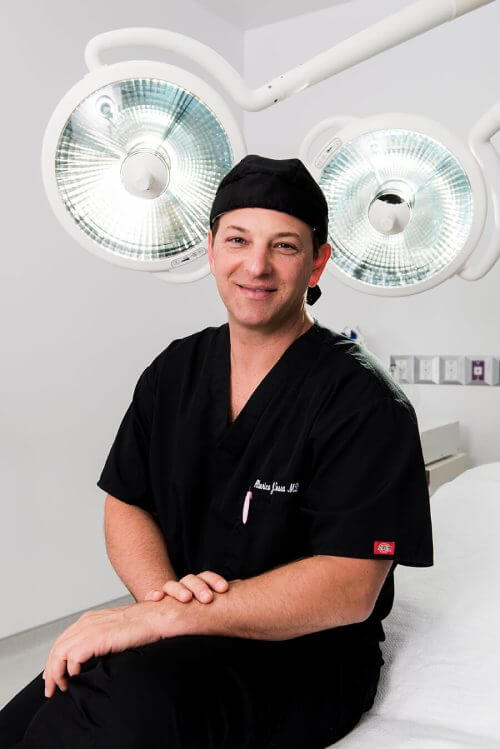If you’ve just had a laser resurfacing treatment, you’re probably looking forward to seeing smoother, clearer skin. But right now, your skin is more sensitive than usual, and how you care for it will make a big difference in your results. The days and weeks after your procedure are crucial for healing, and certain habits or exposures can slow down recovery or even cause complications.
Post-care is about protecting the new skin as it forms and preventing issues like infection, scarring, or unwanted pigmentation. Below, we’ll cover the most important things to avoid after laser resurfacing, along with simple tips that help your skin heal well.
Why Avoid Certain Things After Laser Resurfacing Treatment?
Laser resurfacing temporarily weakens the skin barrier and can cause redness, swelling, warmth, and peeling while new skin forms. Healing time ranges from a few days to a few weeks, depending on whether your treatment was non-ablative, fractional, or ablative. Avoiding specific triggers during recovery reduces inflammation, protects the healing tissue, and helps ensure the best possible cosmetic outcome.
Key Things to Avoid After Laser Resurfacing
To get the best results and protect your healing skin, there are certain habits and exposures you’ll need to put on pause. Avoid or restrict the activities listed below to speed up recovery, reduce complications, and keep your results looking their best:
-
Direct sun & UV exposure
Freshly treated skin is susceptible to sunlight, and UV rays can cause hyperpigmentation, redness, and delayed healing. Stay indoors as much as possible for the first week to receive light treatments, and continue to do so until your provider clears you after deeper/ablative therapies. When your clinician says it’s okay to restart sunscreen, use a broad-spectrum mineral SPF 30+ and reapply; also, wear a wide-brim hat and seek shade. Some providers recommend relying on hats/shade for the first few days if the surface is raw, follow your plan.
- Heat, steam, and heavy sweating
Avoid hot showers, baths, saunas, steam rooms, hot tubs, and intense exercise for the first 48–72 hours (or up to 1–2 weeks for deeper laser treatments). Heat and sweating can increase swelling and lead to irritation or infection. Instead, use lukewarm water, maintain a cool environment, and reintroduce physical activity only after getting approval.
-
Harsh or “active” skincare
Refrain from using retinoids (tretinoin/retinol), AHAs/BHAs (such as glycolic, lactic, or salicylic acids), physical exfoliants like scrubs or brushes, benzoyl peroxide, alcohol-based toners, and fragranced products until your provider confirms it’s safe, typically after several weeks for potent actives. In the initial healing phase, opt for a mild, non-foaming cleanser and a simple, fragrance-free moisturizer or occlusive (like petroleum jelly or Aquaphor).
-
Picking, rubbing, or “helping” the peel
Avoid picking, rubbing, or “helping” the peel as this can damage new skin underneath and slow healing. While it may be tempting to pull at loose flakes or pop blisters, doing so raises the risk of infection and scarring. Instead, keep the area moisturized, protect it from irritation, and allow the skin to shed naturally for the best results.
-
Makeup too soon
Applying foundation, concealer, and other cosmetics too soon can introduce bacteria and slow healing. Wait until the surface has re-epithelialized. Timing varies by treatment depth, often 5–14 days for lighter lasers and 2–3 weeks for deeper/ablative. Once cleared, start with non-comedogenic, oil-free options and remove the makeup gently.
-
Hair removal and exfoliation
Hold off on waxing, depilatory creams, threading, shaving, or harsh exfoliation (like loofahs or brushes) until the skin is fully healed. If necessary, carefully trim hair instead and wait for professional approval before resuming hair removal on treated areas.
7. Smoking
Smoking decreases blood flow and oxygen delivery to the skin, which slows healing and increases the risk of complications. Stop smoking for at least two weeks before and after treatment, or longer if possible.
Quick Recovery Tips
While avoiding certain habits is key, there are also steps you can take to support healing:
- Cleanse gently: Wait for at least 12 hours after the procedure unless told otherwise; then use a mild cleanser with lukewarm water and pat dry. No scrubbing.
- Keep it cool: Apply wrapped cold compresses for 10–15 minutes every 1–2 hours in the first 24–48 hours to reduce warmth and swelling.
- Moisturize/occlude: Use a thin layer of petroleum jelly or your prescribed healing ointment to protect the barrier and minimize scabbing.
- Sleep elevated: An extra pillow for the first few nights helps with swelling.
- Follow your sunscreen plan: If your provider has you delay sunscreen briefly after a deeper treatment, rely on hats/shade; once cleared, use daily mineral SPF 30+ and reapply.
- Know when to call: Worsening pain, spreading redness, pus, fever, or rapidly enlarging blisters warrant prompt follow-up.
Final Word
The best way to protect your laser resurfacing results is to follow your provider’s aftercare instructions closely and give your skin time to heal. If you notice unusual pain, persistent redness, pus, or signs of infection, contact your doctor right away. With the proper care and a little patience, you’ll help your skin recover smoothly and see the refreshed, youthful results you’re hoping for.
Flawless Skin with Sarasota Surgical Art’s Laser Resurfacing
Target stubborn texture, acne scars, and pigmentation with our state-of-the-art fractional laser treatments in Bellevue and Kirkland. Designed for minimal downtime and maximum rejuvenation, your best skin starts here. Call (941) 923-1736 or click here to book your session.
Further readings:
What Are Fractional Lasers & Why Are They Better For Skin Resurfacing?






